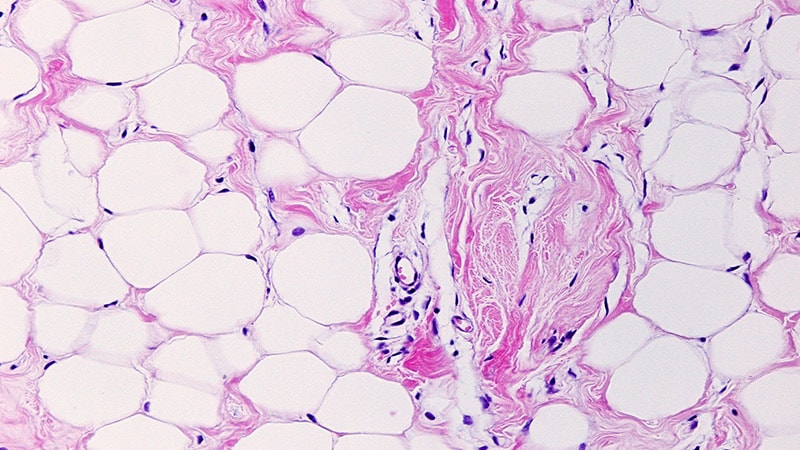Key takeaways:
- An open AI model outperformed ChatGPT and six other large language models in identifying PTSD after childbirth.
- The model could be a low-cost, patient-friendly screening tool, according to researchers.
An artificial intelligence model that analyzes patients’ narrative accounts after childbirth showed potential in identifying postpartum PTSD, a study showed.
“Evaluation of PTSD related to traumatic birth currently relies on extensive clinician evaluation, which fails to meet the urgent need for a rapid, low-cost assessment strategy,” Sharon Dekel, PhD, MS, MPhil, director of Mass General Brigham’s Postpartum Traumatic Stress Disorders Research Program, said in a press release. “Early intervention is essential to prevent the progression of this disorder to chronic stages, which can seriously complicate treatment.”
An open AI model outperformed ChatGPT and six other large language models in identifying PTSD after childbirth. Image: Adobe Stock
According to the release, around 8 million women a year experience PTSD from childbirth (CB-PTSD).
In the study, published in Scientific Reports, the researchers collected short narrative accounts of childbirth from 1,295 women with or without probable CB-PTSD who had given birth within the last 6 months.
These narratives were converted into a numerical format by an open AI model — known as text-embeddings-ada-002, or ADA — and analyzed by a trained machine learning algorithm.
Overall, the ADA model outperformed ChatGPT and six other pretrained large language models in identifying CB-PTSD, demonstrating a sensitivity of 85% and a specificity of 75%.
Dekel and Alon Bartal, PhD, MSc, the study’s lead author and an assistant professor at Bar-Ilan University in Israel, spoke with Healio about what led to the study, the potential clinical implications and more.
Healio: What led you to conduct this research?
Dekel: In the past 5 years, there’s been a lot of data documenting amplified maternal mortality and morbidity, particularly psychiatric morbidity. Basically, many more people than we would think is an acceptable percentage are suffering from mental health complications following childbirth.
One of these complications is CB-PTSD, which is a condition that is triggered by exposure to a traumatic event. It’s a condition that is closely tied to the rising maternal morbidity in the United States.
So, it’s important to understand the needs for screening in the context that too many people have maternal psychopathology, at least in the U.S., and that this burden of the mental illness is a reflection of racial and ethnic disparities.
Currently, when we think about how we clinically assess people who have PTSD regarding any type of trauma, I would say the gold standard would be a clinical evaluation. So, that would be a clinician who would conduct a thorough diagnostic interview with the patient. The clinician-administered PTSD scale would take between 45 to 60 minutes to complete. That’s a great method. But if we’re talking about this amplified morbidity, including CB-PTSD, that might not be the most efficient way to screen many people. So, we were hoping to come up with low-cost, easily administered methods to potentially screen — at least screen early — people we think would be at high-risk for PTSD or probable PTSD.
Healio: Why did you choose to assess possible PTSD through narratives?
Dekel: One of the ways we think about people who would have PTSD is how the event is experienced and then remembered as a subjectively traumatic experience. We know that subjective experience of a trauma, often even more than what happened, is a strong predictor of who would have PTSD.
The way we think about PTSD is also as a memory disorder… how the memory is recalled is a marker of signs of PTSD and people who are likely to develop PTSD.
So, one of the ways to capture how you felt, how you perceive the event, as well as kind of an avenue into the memory of the person would be by providing, as we did in our papers, these short narratives of childbirth. I’m very big into narratives. I think it gives you the personal story of what really happened to this person.
Healio: Were you surprised by the effectiveness of AI in this scenario?
Dekel: I was definitely surprised. People are so complex, and there’s so much variability among people. Our model shows good performance in classifying, based on the narratives, if somebody has PTSD or not. We can convert the language that people provide in these narratives into numeral representations and then fuel these numbers to another machine network model and teach the model — almost like a human being — to classify whether a person has PTSD or not.
We hope to improve our system and understand more before this would be used in the clinical setting, but just the concept to me is surprising in a good way. I think it really talks about where the future is heading in the field of psychiatry and classifying maternal health complications early on.
Bartal: This is only a first step. There’s a lot of research that needs to be done. There’s a lot of improvements that we can do. It’s not like we have a magic tool that can solve every problem in psychiatry, right? It solves only this specific problem that we started. We have much more contribution that we can give to the world. It’s a promising first step, and there’s a lot more we can do.
Healio: What should clinicians take away from your research?
Dekel: When we think about postpartum mental illness, we think about postpartum depression. PTSD is different than postpartum depression, and it’s just as important to pay attention to people who have these symptoms.
Second, I think there’s this idea that the person’s story is important. So, we need to make sure that we are listening to the story of our patients.
Thinking about how we can use these models that are out there … I think we can make the work of the clinician more efficient by, in this case, offering some early preliminary level of screening for people to be identified, and then have people screened in a more thorough one-on-one assessment with a clinician.
It should be an easy tool that I hope obstetricians and the other perinatal providers, not necessarily within the field of psychiatry, could easily adopt. You basically would need to ask a patient to write a short story about their birth experience — just a couple of words like we did.
Pending more work, this could be a screening tool that people could be doing remotely because we know that in the U.S., one of the problems is access to care. You could write a narrative in the maternity ward after you gave birth, or you could write a narrative at home.
Thinking into the future, I think the implications and the fact that it’s low cost, low burden and possibly also culturally sensitive, there’s a lot of hope here.
Bartal: I think there are a lot of advantages compared with a questionnaire. One of them is it’s more difficult to cheat here. When you’re asked to write a narrative, it’s almost impossible to cheat or give a biased answer. You’re just reflecting on your experience. I think it’s less invasive and more friendly.










